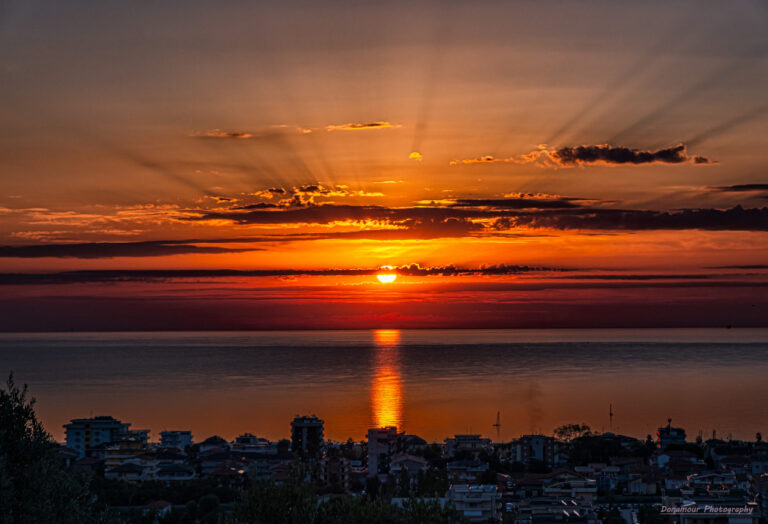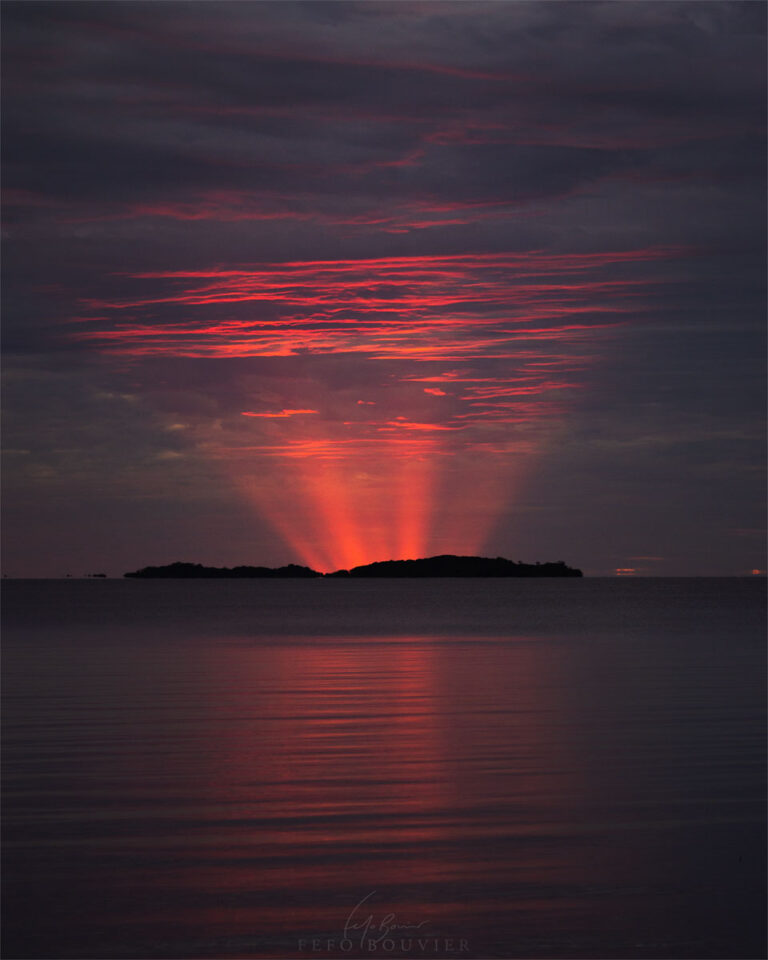日出天空的暗影
See Explanation. Clicking on the picture will download the highest resolution version available.
请参阅说明。单击图片将下载可用的最高分辨率版本。

See Explanation. Clicking on the picture will download the highest resolution version available.
请参阅说明。单击图片将下载可用的最高分辨率版本。

2023年8月4日 Moonrays of August Image Credit & Copyright: Gianni Tumino Explanation: A Full Moon rose as the Sun set on August 1. Near perigee, the closest point in its almost moonthly orbit, the brighter than average lunar disk illuminated night skies around planet Earth as the second supermoon of 2023. Seen here above Ragusa, Sicily, cloud banks cast diverging shadows through the supermoonlit skies, creating dramatic lunar crepuscular rays. The next Full Moon in 2023 will also shine on an August night. Rising as the Sun sets on August 30/31, this second Full Moon in a month is known as a Blue Moon. Blue moons occur only once every 2 or 3 years because lunar phases take almost a calendar month (29.5 days) to go…

2022年9月24日 September Sunrise Shadows Image Credit & Copyright: Donato Lioce Explanation: The defining astronomical moment for this September’s equinox was on Friday, September 23, 2022 at 01:03 UTC, when the Sun crossed the celestial equator moving south in its yearly journey through planet Earth’s sky. That marked the beginning of fall for our fair planet in the northern hemisphere and spring in the southern hemisphere, when day and night are nearly equal around the globe. Of course, if you celebrate the astronomical change of seasons by watching a sunrise you can also look for crepuscular rays. The shadows cast by clouds can have a dramatic appearance in the twilight sky during any sunrise or sunset. Due to perspective, the parallel shadows will seem to point…

2022年7月27日 Crepuscular Moon Rays over Denmark Image Credit & Copyright: Ruslan Merzlyakov (astrorms) Explanation: This moon made quite an entrance. Typically, a moonrise is quiet and serene. Taking a few minutes to fully peek above the horizon, Earth’s largest orbital companion can remain relatively obscure until it rises high in the nighttime sky. About a week ago, however, and despite being only half lit by the Sun, this rising moon put on a show — at least from this location. The reason was that, as seen from Limfjord in Nykøbing Mors, Denmark, the moon rose below scattered clouds near the horizon. The result, captured here in a single exposure, was that moonlight poured through gaps in the clouds to created what are called crepuscular rays….

2022年5月30日 Red Crepuscular Rays from an Eclipse Image Credit & Copyright: Fefo Bouvier Explanation: What’s happening behind that island? Things both expected and unexpected. Expected, perhaps, the pictured rays of light — called crepuscular rays — originate from the Sun. Unexpected, though, the Sun was being partially eclipsed by the Moon at the time — late last month. Expected, perhaps, the Sun’s rays are quite bright as they shine through gaps in below-horizon clouds. Unexpected, though, the crepuscular rays are quite red, likely the result an abundance of aerosols in Earth’s atmosphere scattering away much of the blue light. Expected, with hope, a memorable scene featuring both the Moon and the Sun, superposed. Unfortunately, from this location — in Uruguay looking toward Argentina — clouds…